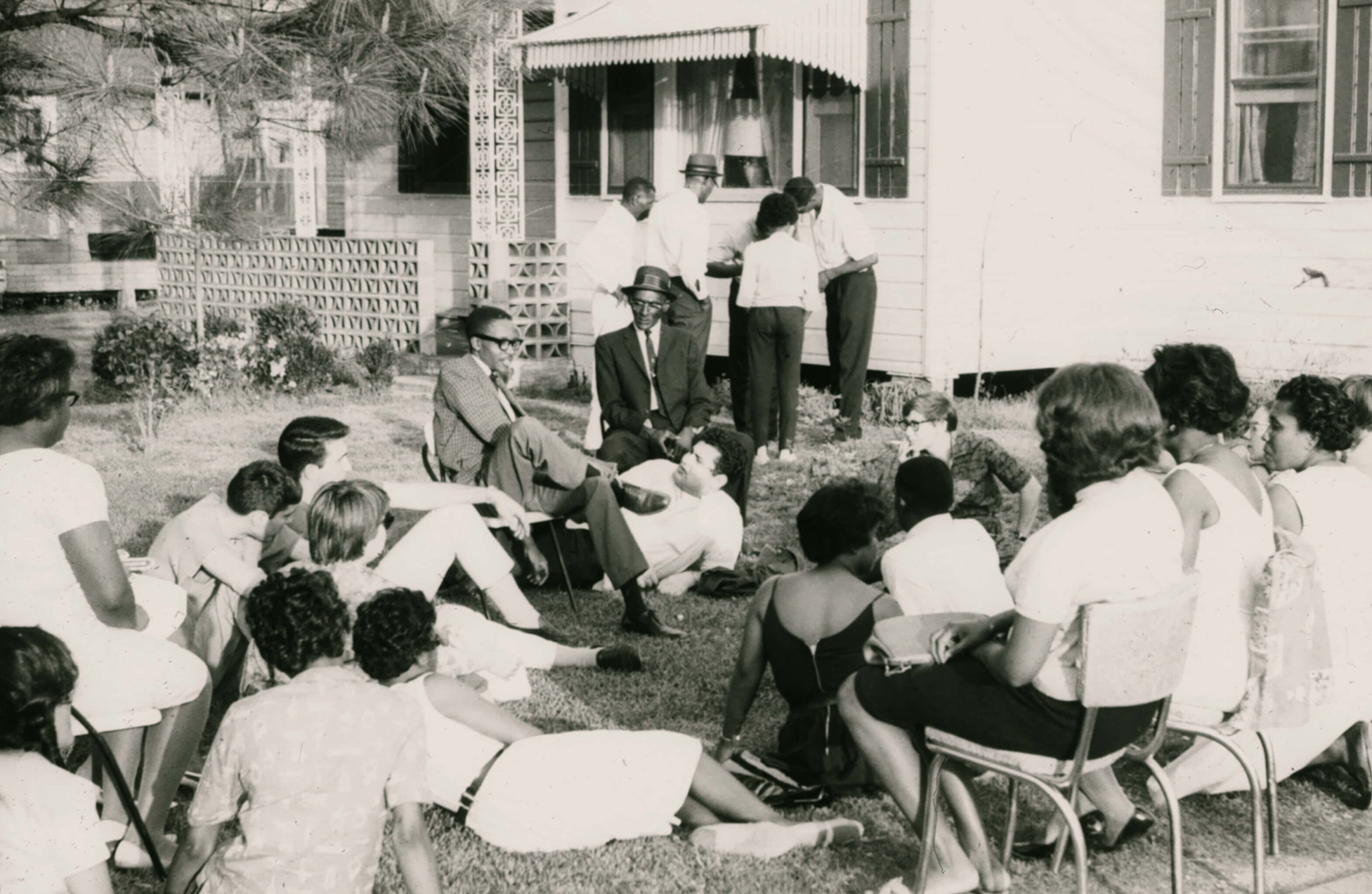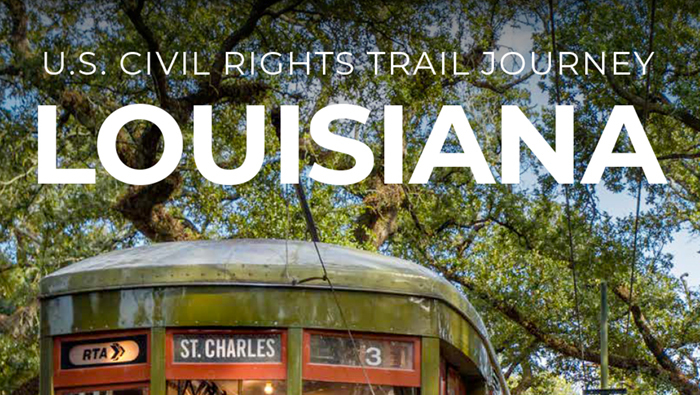Bogalusa: Home to Many Civil Rights Leaders
The Civil Rights Movement in Bogalusa was unique when compared to other Southern cities and states. While the church was certainly important as a meeting venue in the town, the movement itself was not church driven in Bogalusa like in the rest of the South. Instead, members of the local Black union at the Crown Zellerbach mill, including A.Z. young and Bob Hicks, organized and led the local movement. As the main industry in town, Crown Zellerbach was at the forefront of some of the civil rights battles from the beginning.
Civil rights and labor concerns went hand in hand during the early years of the Civil Rights Movement of the 20th century. This was clearly seen in cities across Louisiana, including Bogalusa, which was founded as a lumber town in 1906 by the Great Southern Lumber Company.
By 1938, the timber industry in Bogalusa had died out and the main industry switched to paper mills. In 1955, the mills were purchased by Crown Zellerbach, which manufactured paper, boxes and paper bags. At this time in Bogalusa’s history and just after the Civil Rights Act was passed in 1964, there was an extremely strong and aggressive Ku Klux Klan chapter in the city. It was in this setting that the Civil Rights Movement in Bogalusa truly began.
The paper mill town of Bogalusa was a challenging (and life-threatening) place to hold civil rights demonstrations. It is not surprising that notable violence occurred in and around the city. During this time, houses and churches were burned and there were threats of bombings. The Bogalusa civil rights movement was known for the militancy of civil rights activists, including members of the second chapter of the Deacons for Defense and Justice. Originally formed in the North Louisiana town of Jonesboro, the Deacons for Defense and Justice was an organization of Black men, mostly World War II and Korean War veterans, armed in self-defense – to protect civil rights activists and their families from violence.
Bogalusa civil rights activists A.Z. Young, Robert “Bob” Hicks and many others led the fight that succeeded in making changes to the hiring and promotion practices at Crown Zellerbach. Many considered this the end of the Bogalusa movement. The two last major events happened in 1967. In July of that year, Young, Hicks and Gayle Jenkins held a nighttime March Against Fear to show they were not afraid and had the right to march day or night. In August, the same leaders marched 105 miles from Bogalusa to Baton Rouge. This also was a march against fear because to get to Baton Rouge, the participants had to travel through strongholds of the Klan. The Deacons for Defense and Justice protected the marchers. The march was a clear indication that self-defense had made a major difference for Black people in Bogalusa and elsewhere in Louisiana.



























